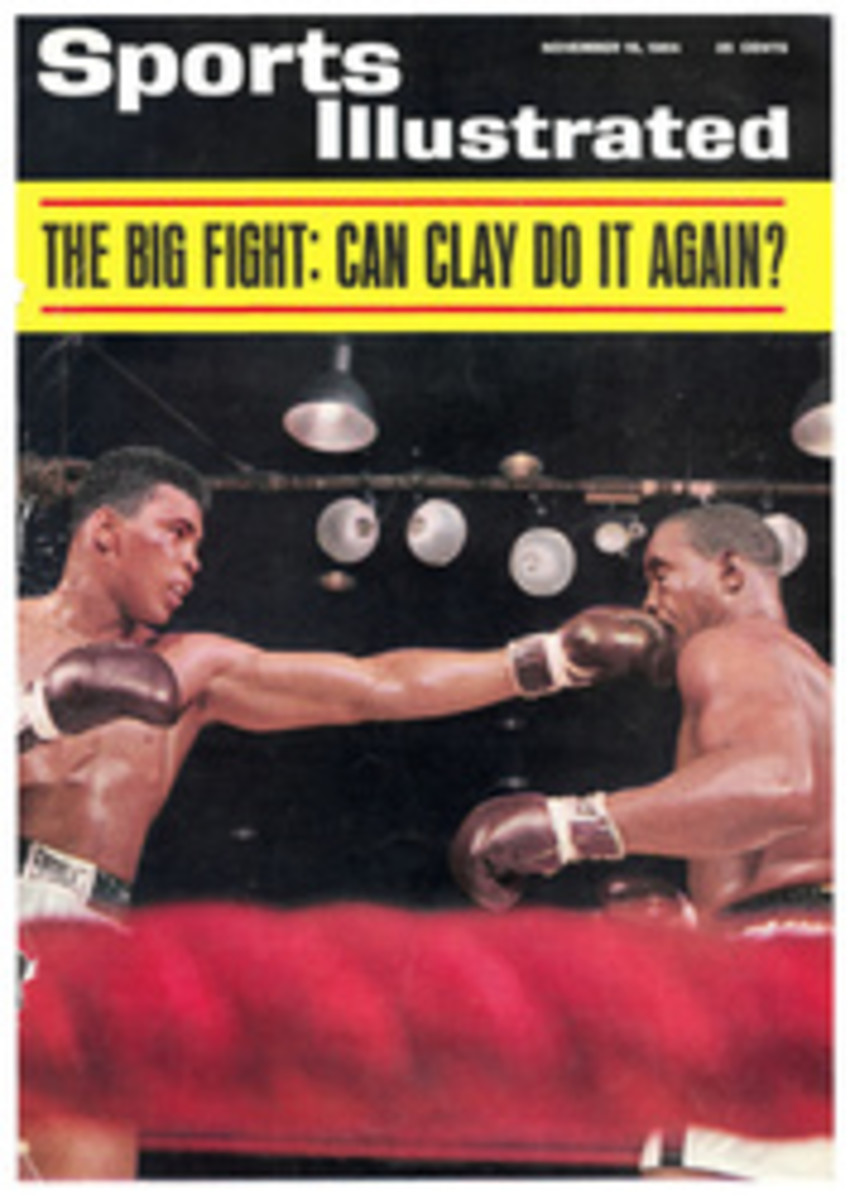
Skate boots are hand-processed in a shop run by the Stanzione family
Gustavo Stanzione's establishment at 50 West 56th Street, New York City is an old-fashioned shop where everything is still done by hand. Stanzione makes skating boots—and nothing else. The firm was founded in 1905, five years after Gus Stanzione arrived in America from Naples, Italy, the home of great shoemakers. Papa Stanzione, now 80 years old, still comes to the shop two or three times a week to look things over and give a hand in making wooden lasts. Four of his eight sons followed him into his trade, and now the shop is run by Dan, the eldest, Gus Jr., Joseph and Benjamin.
"You have to learn this trade when you are young," Dan said recently. "It takes 10 years to become a good custom shoemaker." The Stanziones make more than a thousand pairs of skating boots a year.
A pair of custom skating boots costs $89.50. Handmade stock boots, available in easy-to-fit sizes, cost $69.50. After the measurements are taken, a wooden last of the foot is carved and then a paper pattern is made from which the leather is cut. Figure-skating boots are made from calfskin, shiny and smooth, or buckskin, dull with a nap. They have a narrow, gripping heel, which gives the boot a graceful appearance, and a well-supported arch. Speed-skating boots have no heel and are made of kangaroo leather, light but extremely strong. All boots are fully lined with French suede. Stanzione also makes junior-size boots. These can be altered to accommodate the wearer's growth. When the boot is made, enough material is left to lengthen it to provide at least two seasons' wear. Stanzione recommends for its fine figure-skating boots blades made by Strauss of Minneapolis. They cost $55 a pair. Figure-skating blades are screwed onto the sole, which has been built up to approximately one-fourth inch by layers of inner-soles and a filler. A speed boot has to be more flexible: the sole has less of a foundation and the blades have to be riveted right through and clamped on inside.
It takes approximately three to five days for a pair of boots to go through this painstaking assembly-line procedure. Since the leather is wet when put on the last to insure perfect molding to the foot, the time-consuming part in the making of custom boots is the drying process.
Stanzione boots are shipped all over the world, and most of the customers order by mail. A detailed form illustrating exactly where the six essential measurements are to be made will be sent upon request. Fittings are not necessary because the boots can be adjusted after they have been worn.

